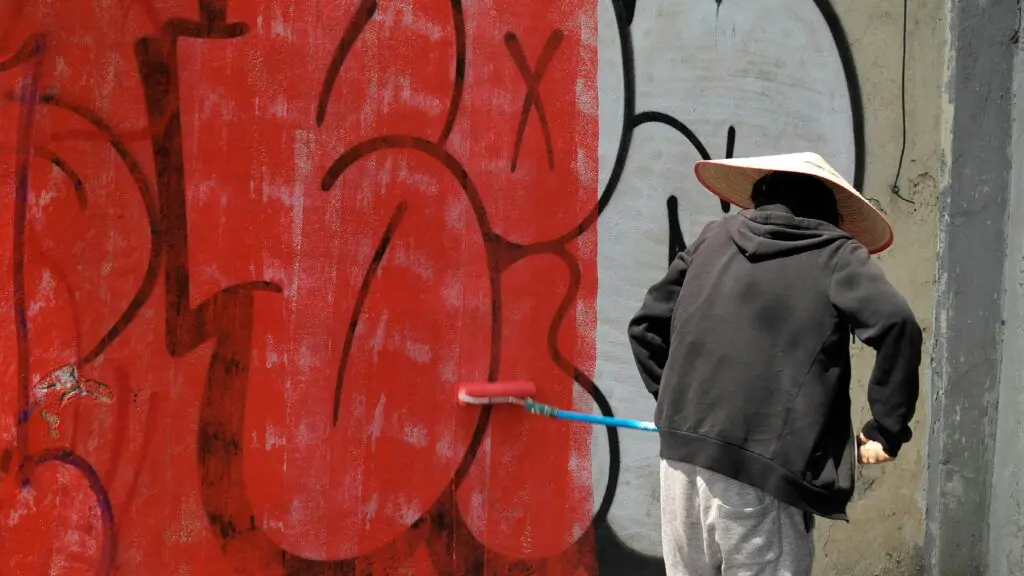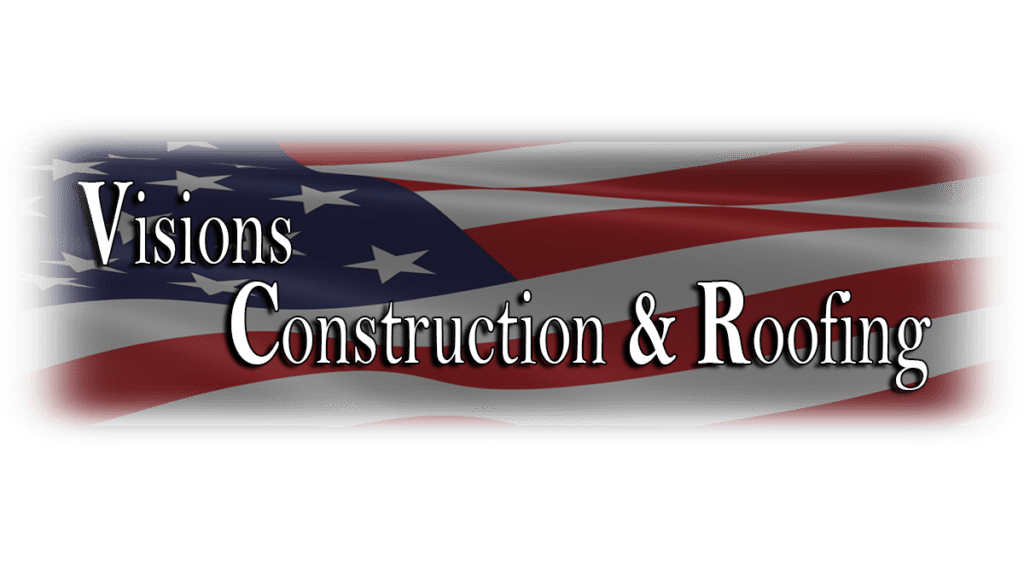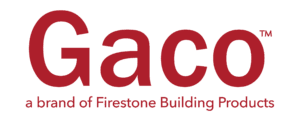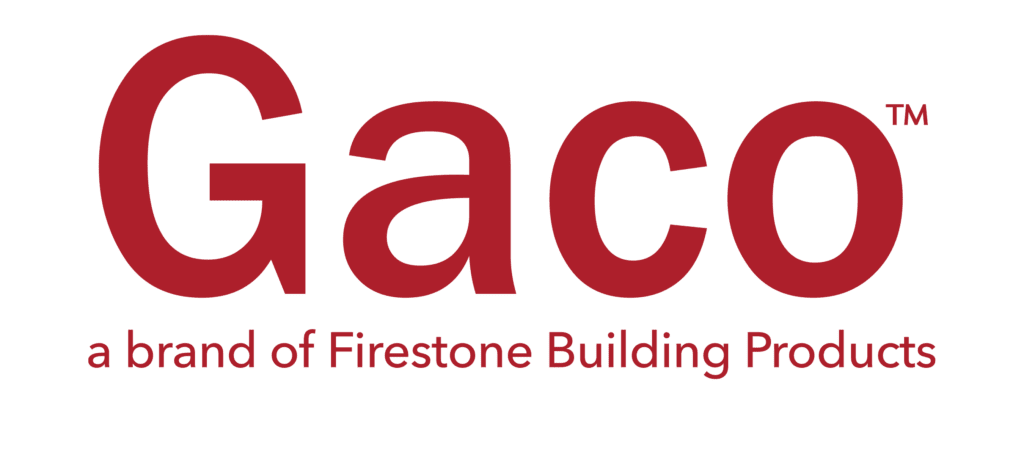
Preventative maintenance for roofing is a key strategy that can significantly extend the life of a roof, prevent expensive repairs, and ensure that a building remains safe and secure. Here’s why regular preventative maintenance is so crucial:
- Extends Roof Lifespan: Just like regular oil changes keep a car running smoothly, routine maintenance can greatly extend the lifespan of a roof. By addressing minor issues like small leaks, loose flashings, or worn sealants before they evolve into larger problems, preventative maintenance helps preserve the roof's structural integrity.
- Cost Savings: Catching problems early through scheduled inspections and maintenance can save money in the long run. Major repairs and replacements can be costly, so investing in preventative maintenance can reduce the likelihood of facing these big expenses unexpectedly.
- Prevents Leaks: Roof leaks can lead to significant interior damage, including to walls, ceilings, and personal property. Regular maintenance checks ensure that potential points of water entry are secured before heavy rains can exploit any weaknesses.
- Energy Efficiency: A well-maintained roof contributes to better insulation and ventilation within a building. This can help keep energy costs down, as heating and cooling systems won’t need to work overtime to compensate for air escaping through a damaged roof.
- Safety and Health: A compromised roof can lead to health hazards like mold and mildew, which thrive in damp environments caused by leaks. Additionally, a structurally sound roof is crucial for the safety of the building’s occupants, particularly under extreme weather conditions.
- Maintains Appearance: Regular maintenance helps keep a roof looking its best, which is important not only for the aesthetics of your building but also for its perceived value. A well-kept roof contributes to a positive first impression for visitors or potential buyers.
- Warranty Compliance: Many roofing warranties require regular maintenance as part of their terms. Failure to adhere to these requirements can void the warranty, leaving you without coverage when you most need it.
To implement an effective preventative maintenance program, it's recommended to schedule professional inspections at least once or twice a year, typically in the spring and fall. Additionally, inspections should be considered after major weather events like heavy storms or hurricanes. Between inspections, it’s wise to keep an eye on the roof's condition and clear debris like leaves and branches, which can accumulate and cause damage.
For building owners, the peace of mind that comes from knowing their roof is in good condition and that their property is protected is invaluable. Regular preventative maintenance is an investment that pays dividends in terms of safety, savings, and stability over time.
Photo by Beca Pérez on Unsplash



